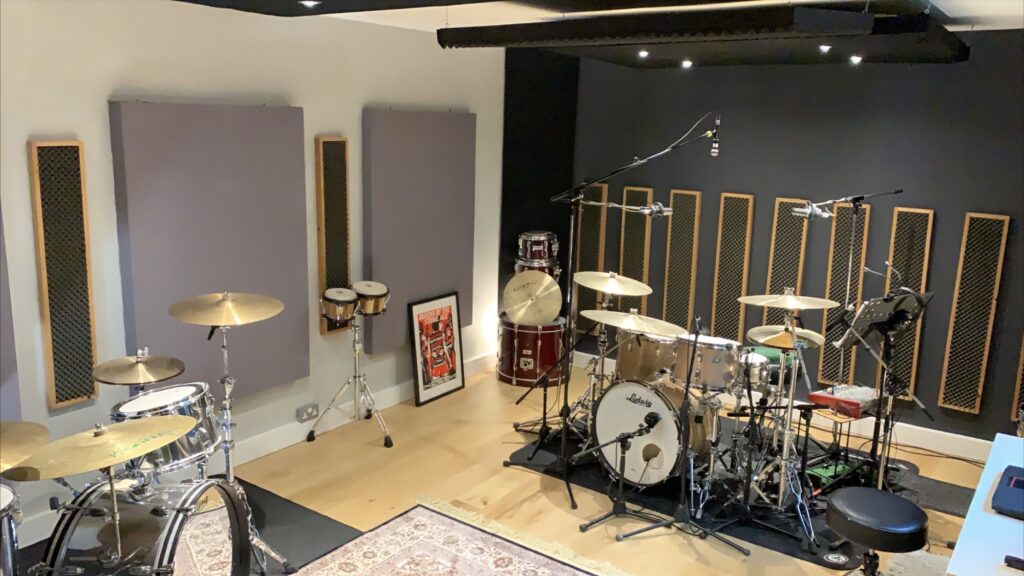Acoustic panels are indispensable tools for managing sound quality and creating conducive environments across a spectrum of settings, from offices to concert halls. However, the installation process presents its own set of challenges that require careful consideration and planning. In this article, we delve into the key challenges associated with installing acoustic panels and provide practical solutions to address them effectively.
Understanding the Challenges
Proper Assessment of Acoustic Needs
One of the initial challenges in installing acoustic panels is accurately assessing the specific needs of the space. Determining the optimal placement, quantity, and type of panels requires a comprehensive understanding of the room’s acoustics and usage. Failure to conduct a thorough assessment may result in inadequate sound treatment or overinvestment in unnecessary panels.

Structural Limitations
Structural limitations within the space, such as irregular wall surfaces, architectural features, and obstructions, can complicate the installation process. Ensuring proper alignment and secure attachment of panels becomes challenging when dealing with uneven surfaces or limited mounting options. Addressing these structural challenges requires creative solutions tailored to each unique environment.
Integration with Existing Design
Integrating acoustic panels seamlessly into the existing design aesthetic of a space without compromising functionality poses another significant challenge. Balancing the acoustic requirements with architectural considerations, such as color, texture, and placement, requires careful coordination between designers, architects, and acoustic consultants. Striking the right balance between form and function is essential to achieve both acoustic effectiveness and visual appeal.
Acoustic Panel Weight and Size
The weight and size of acoustic panels can pose logistical challenges during transportation, handling, and installation. Large, heavy panels may require specialized equipment or additional manpower to safely maneuver and mount them onto walls or ceilings. Moreover, inadequate support structures may lead to instability or damage over time, highlighting the importance of proper planning and structural reinforcement.
Environmental Considerations
Environmental factors, such as temperature and humidity fluctuations, must be taken into account during the installation of acoustic panels, especially in outdoor or high-moisture environments. Failure to account for these factors may compromise the longevity and effectiveness of the panels, necessitating periodic maintenance or replacement.
Solutions and Best Practices
Conducting a Comprehensive Site Survey
Prior to installation, conduct a thorough site survey to assess acoustic needs, identify structural limitations, and determine optimal panel placement. Engage with acoustic consultants or professionals to leverage their expertise in analyzing room acoustics and recommending appropriate solutions.
Customizing Solutions for Unique Spaces
Tailor acoustic panel solutions to suit the specific requirements and constraints of each space. Utilize customizable panel sizes, shapes, and mounting options to accommodate irregular surfaces and architectural features while maintaining acoustic efficacy.
Collaboration and Coordination
Foster collaboration between stakeholders, including architects, designers, contractors, and acoustic consultants, to ensure seamless integration of acoustic panels into the overall design concept. Regular communication and coordination throughout the planning and installation phases are essential to address potential conflicts and achieve desired outcomes.
Employing Professional Installation Services
Consider engaging professional installation services equipped with the necessary expertise, tools, and resources to handle the complexities of installing acoustic panels. Professional installers can ensure proper alignment, secure mounting, and adherence to safety standards, minimizing the risk of installation errors and damage to panels or surrounding structures.
Contact Waseem Muhammad Technical Soundproofing Expert in Dubai: +971 50 209 7517
FAQs
Do acoustic panels require professional installation?
While DIY installation is possible for smaller projects, professional installation is recommended for larger or more complex installations to ensure proper alignment, secure mounting, and adherence to safety standards.
How do I determine the number of acoustic panels needed for my space?
The number of acoustic panels required depends on various factors, including the size of the space, its usage, and the desired level of sound control. Consulting with acoustic experts or using acoustic modeling software can help calculate the optimal quantity and placement of panels.
Are there alternative solutions to traditional acoustic panels?
Yes, there are alternative solutions such as acoustic foam, diffusers, and bass traps that can complement or substitute traditional acoustic panels depending on the specific acoustic requirements and design preferences.




